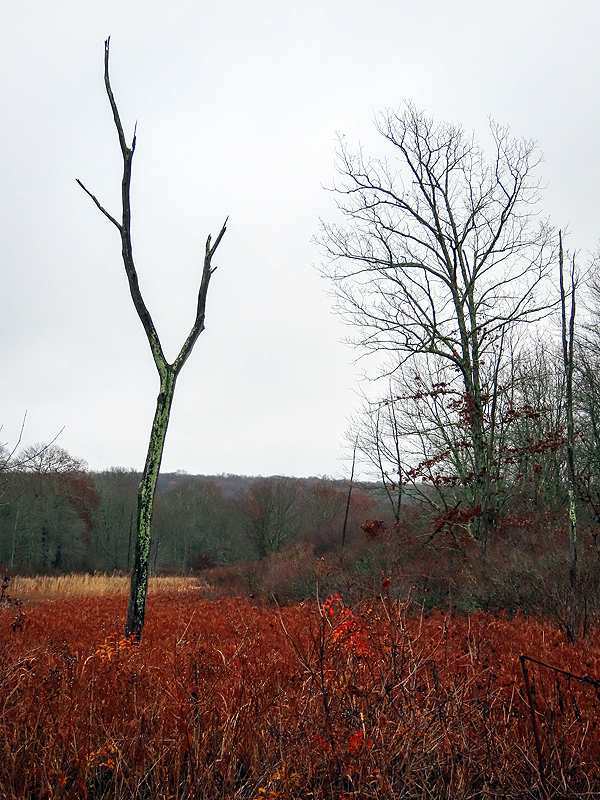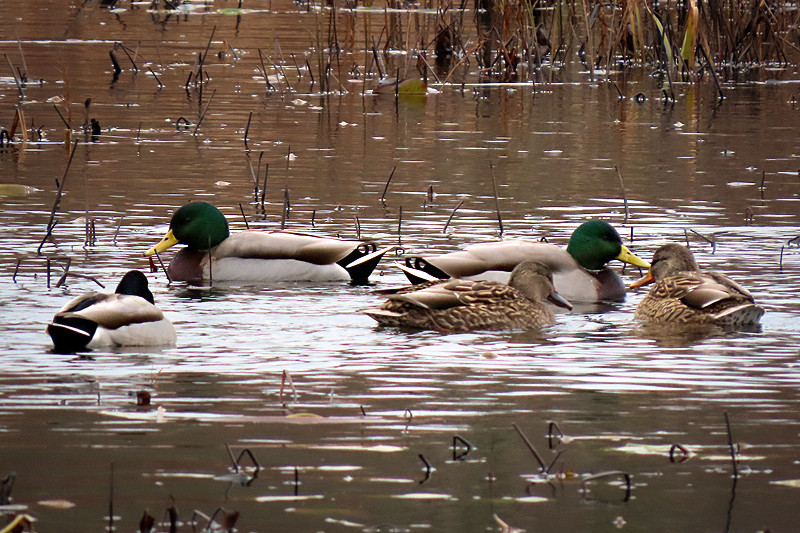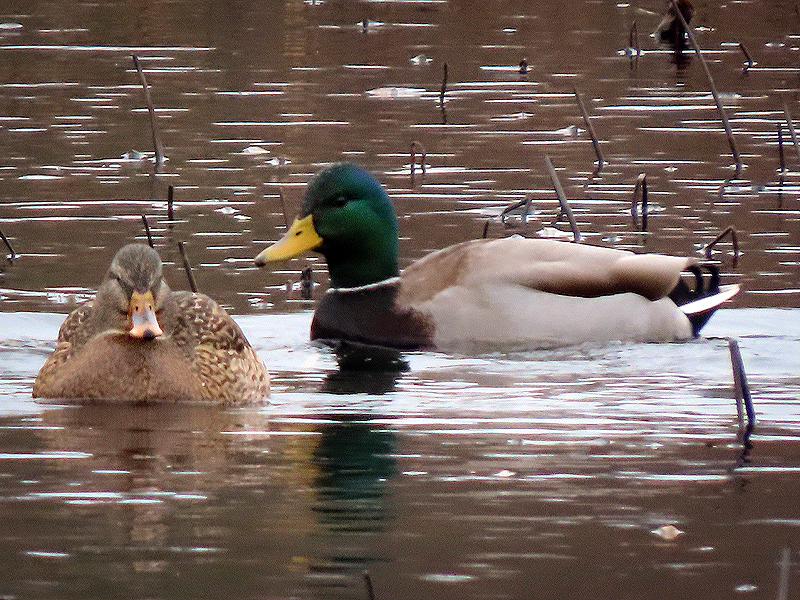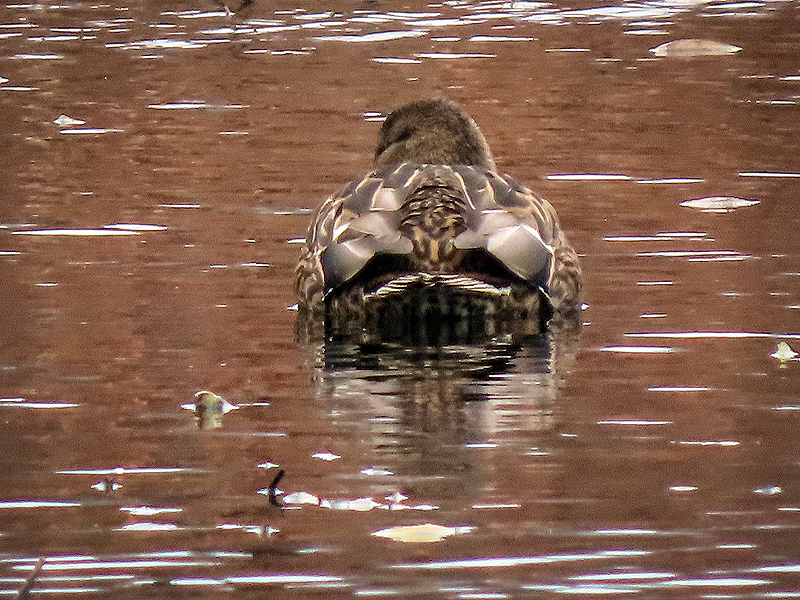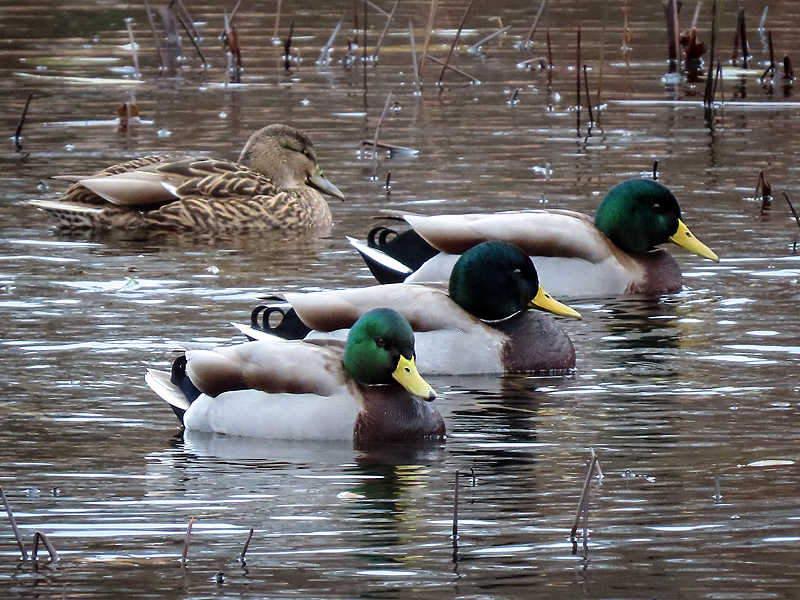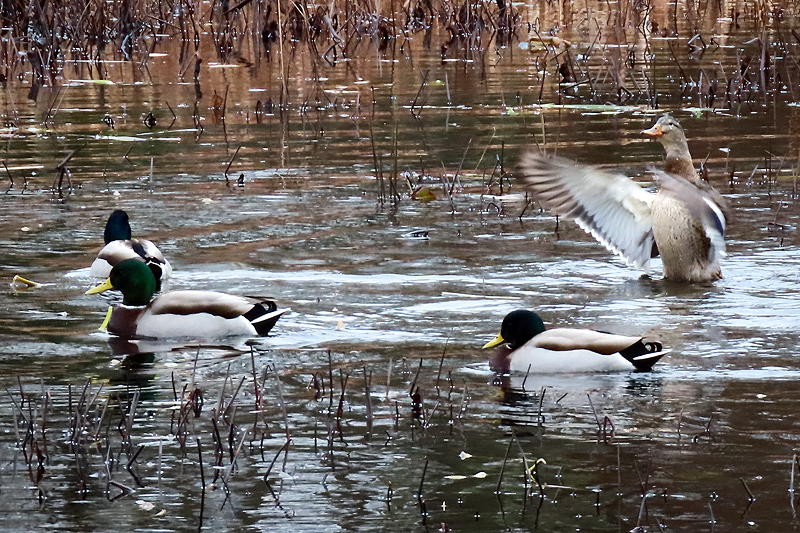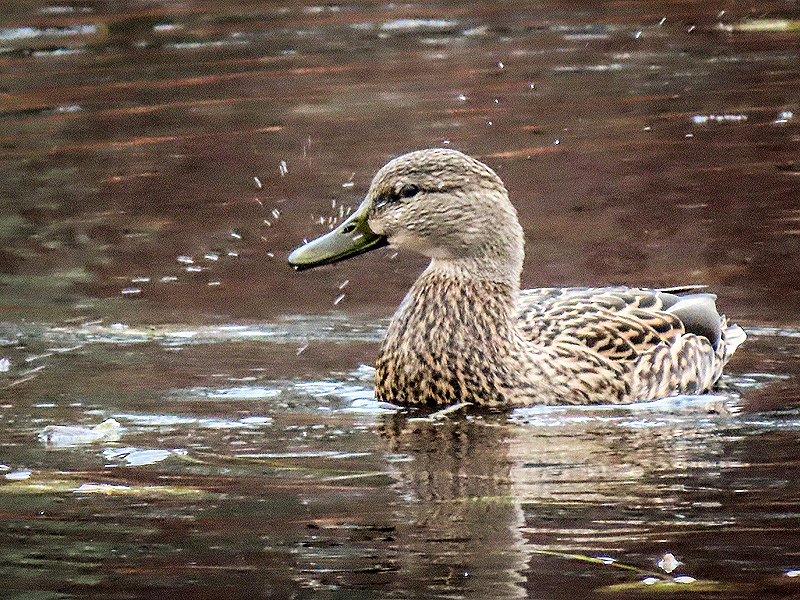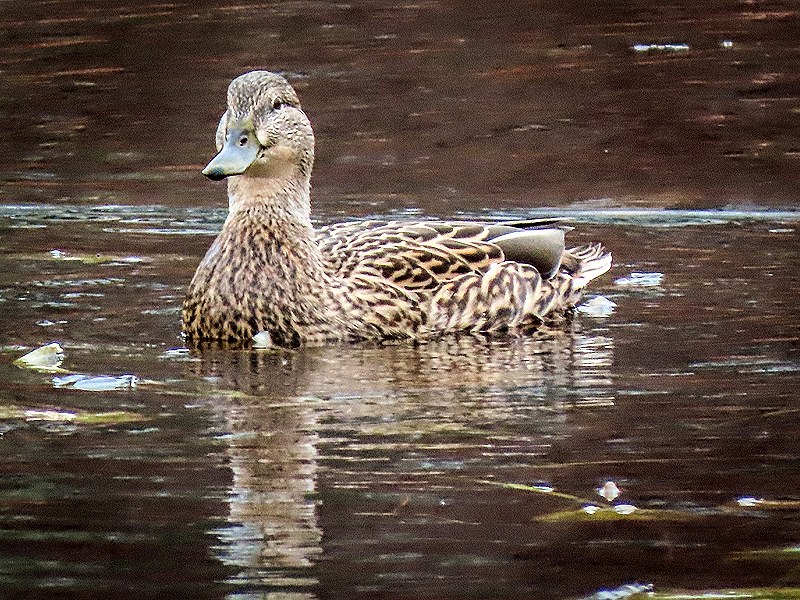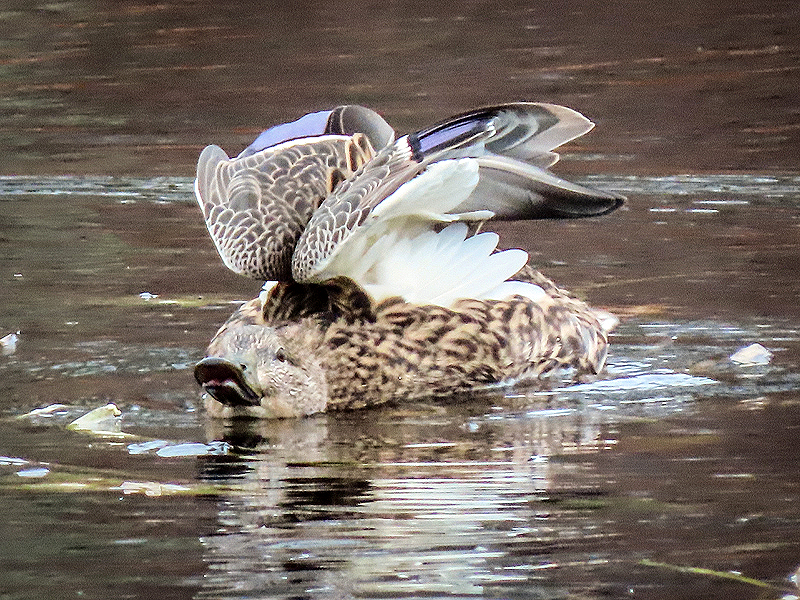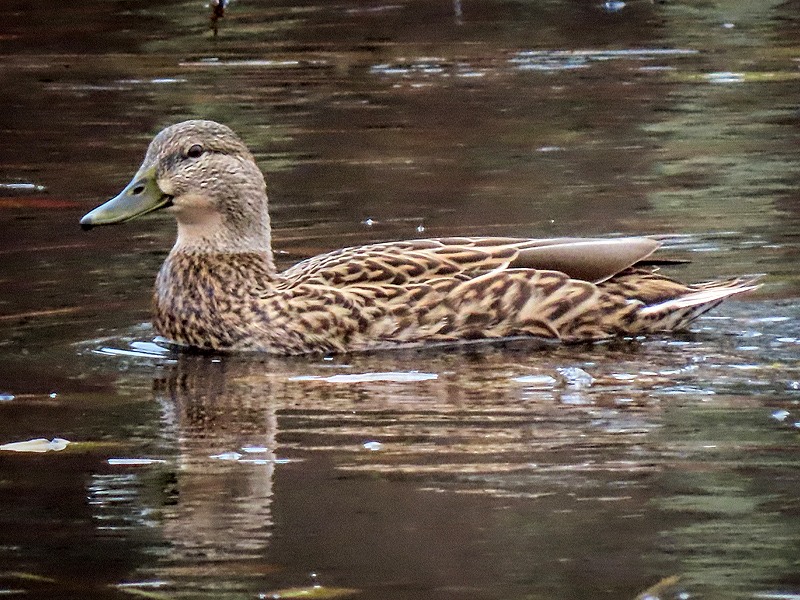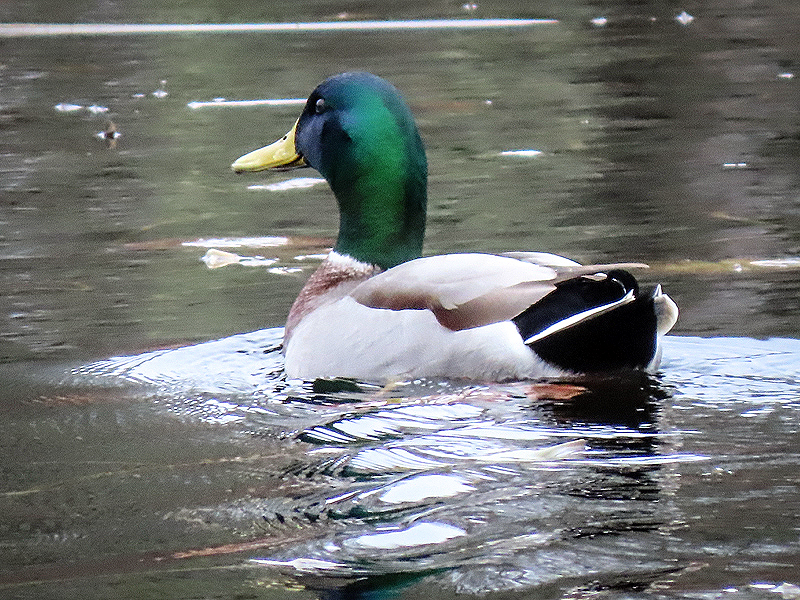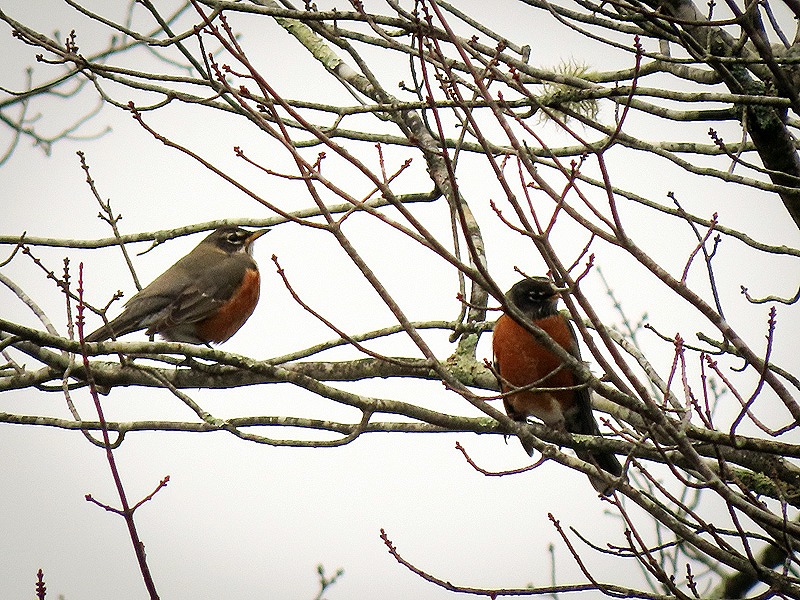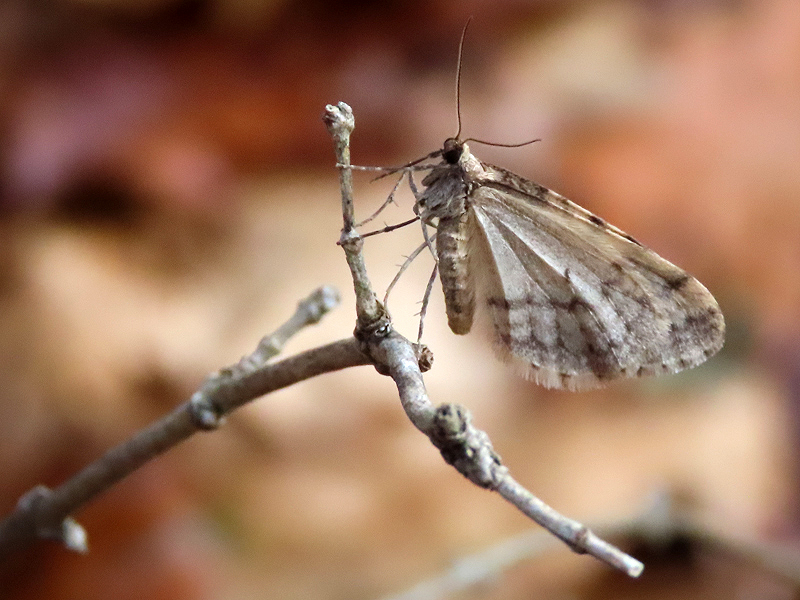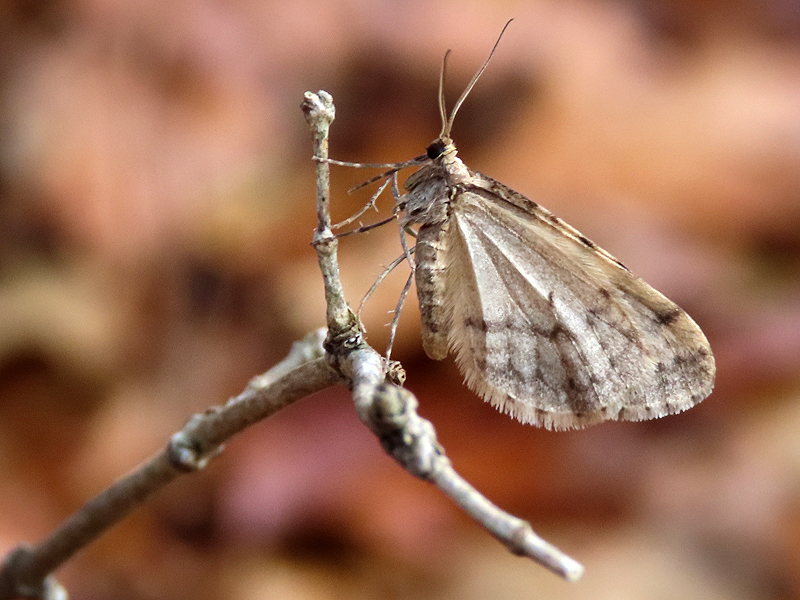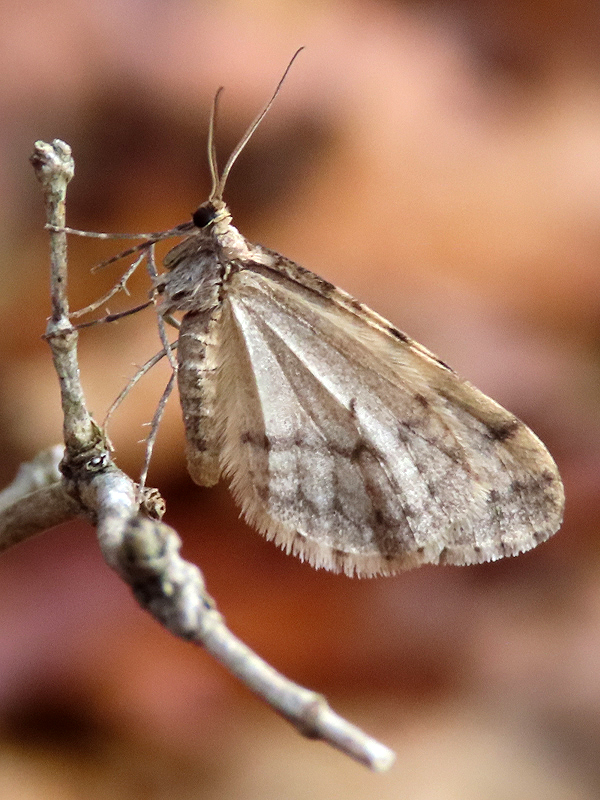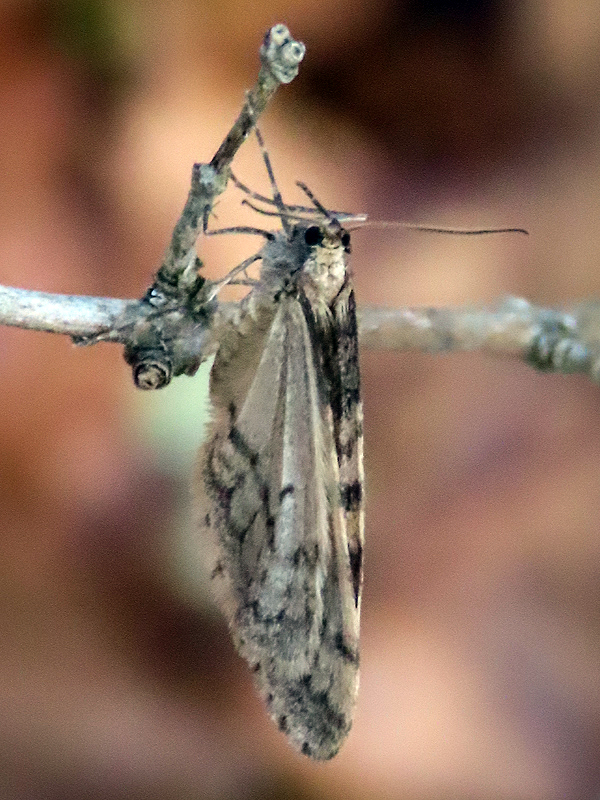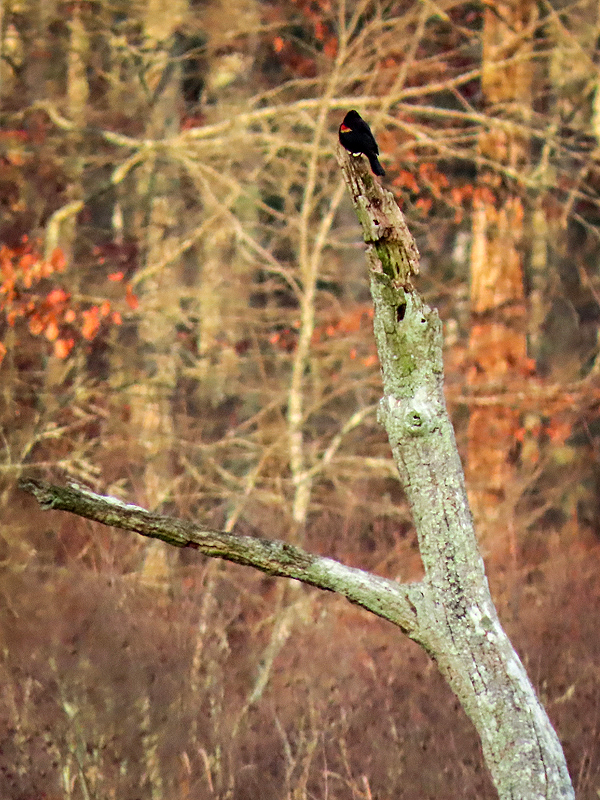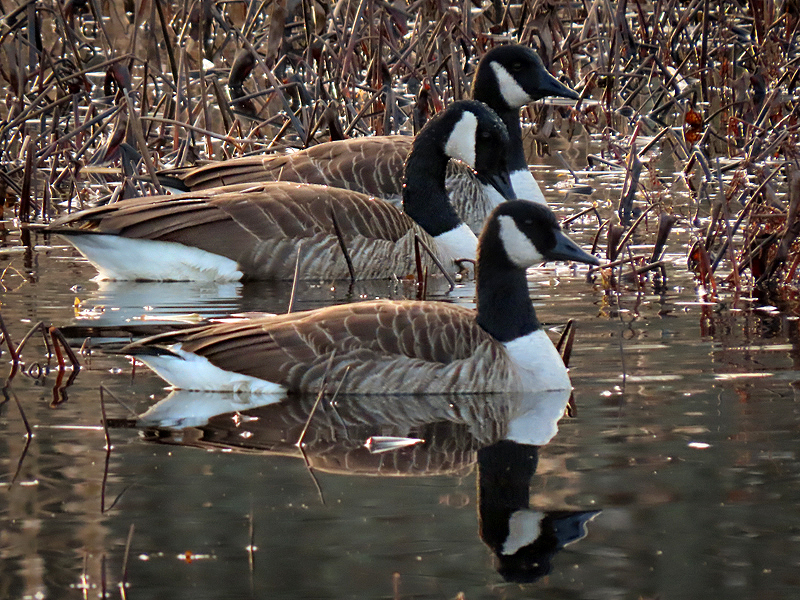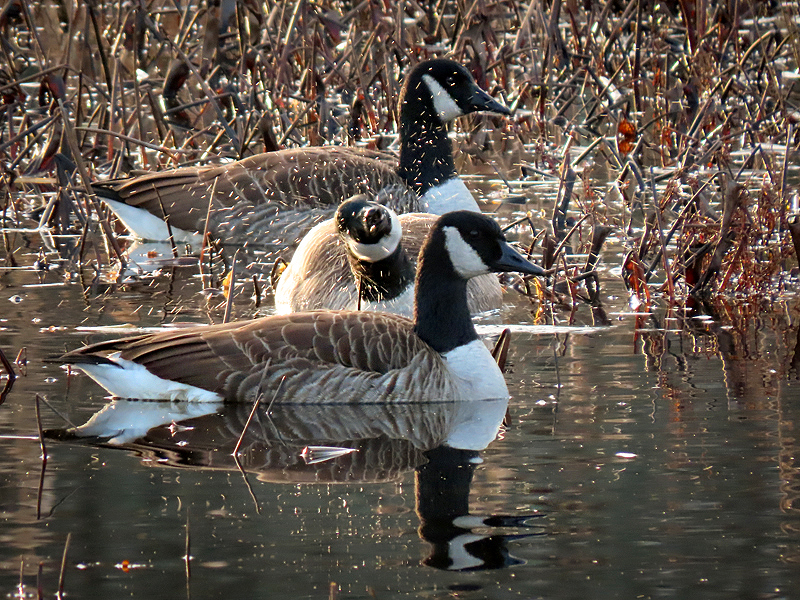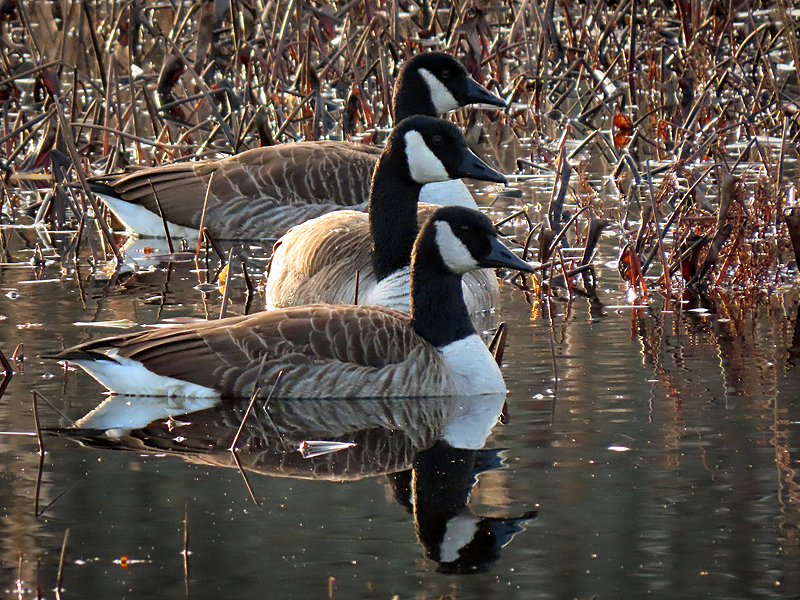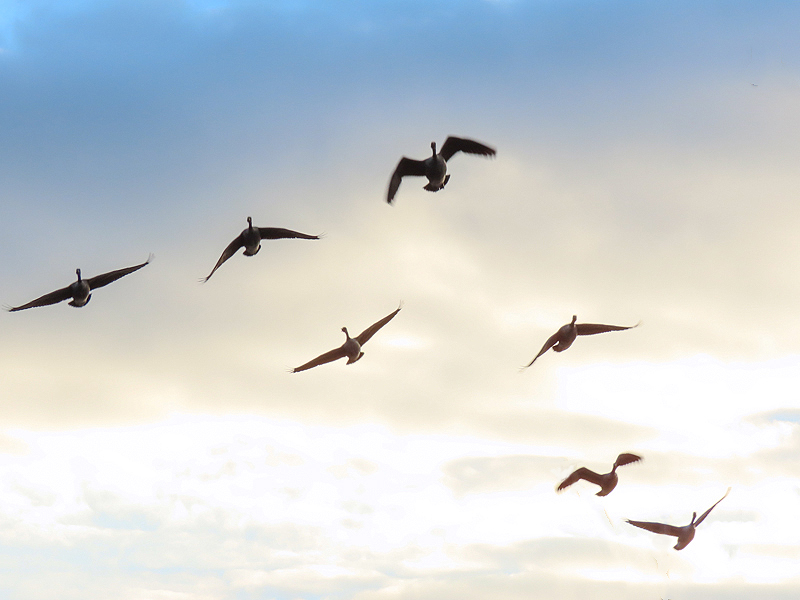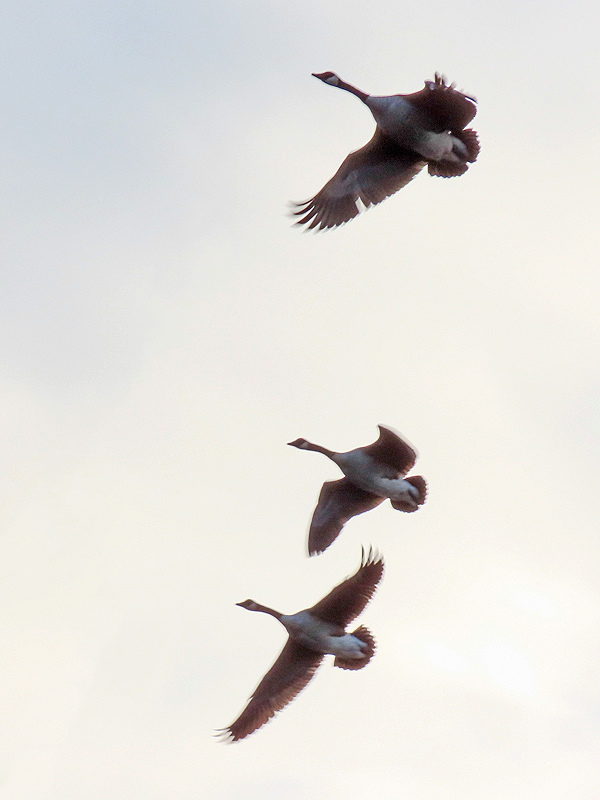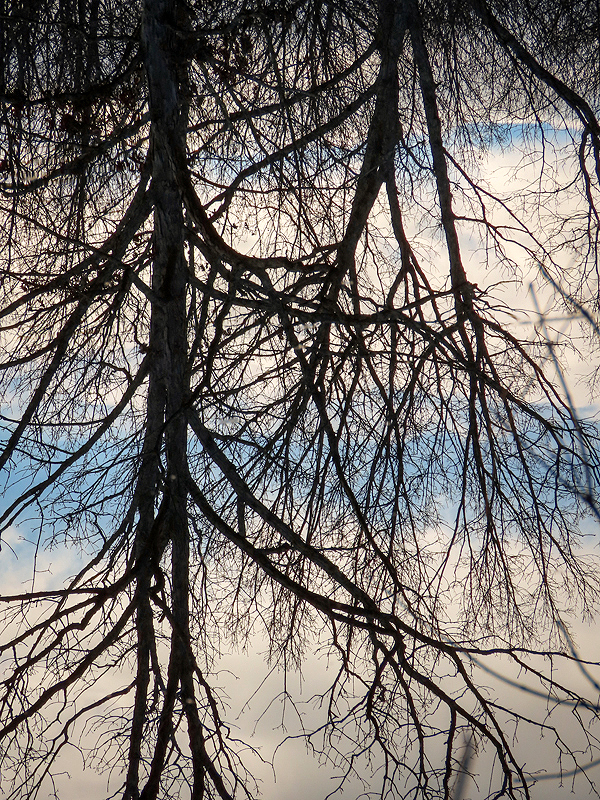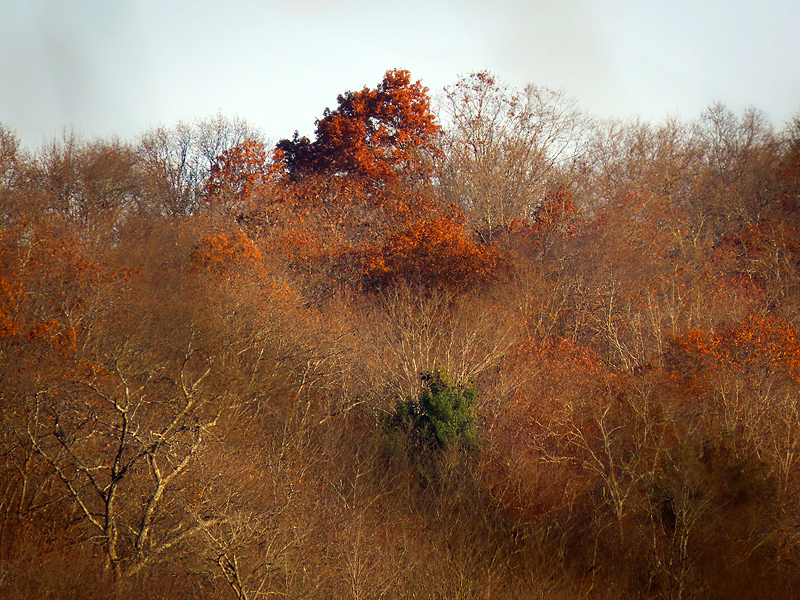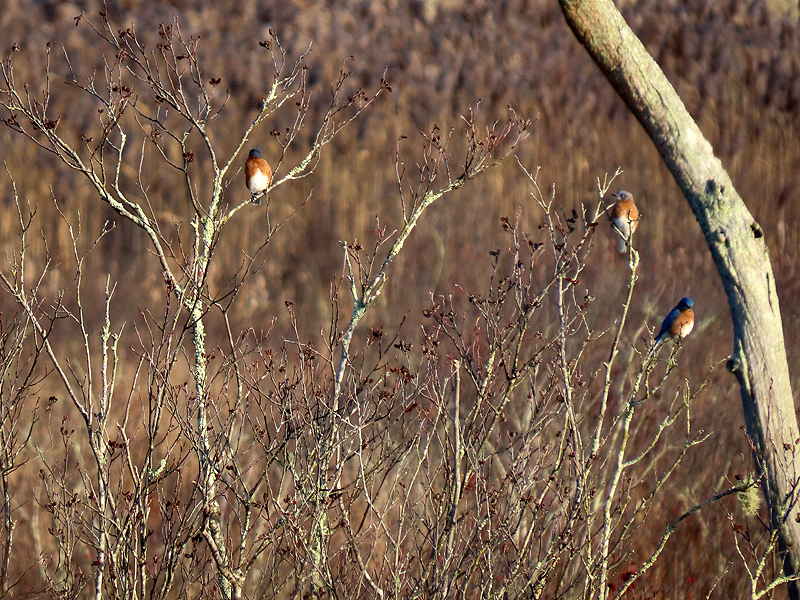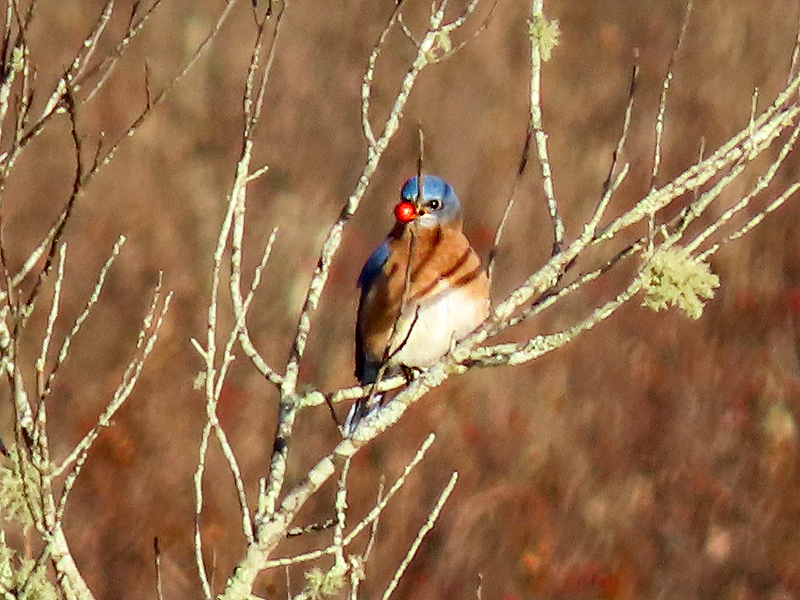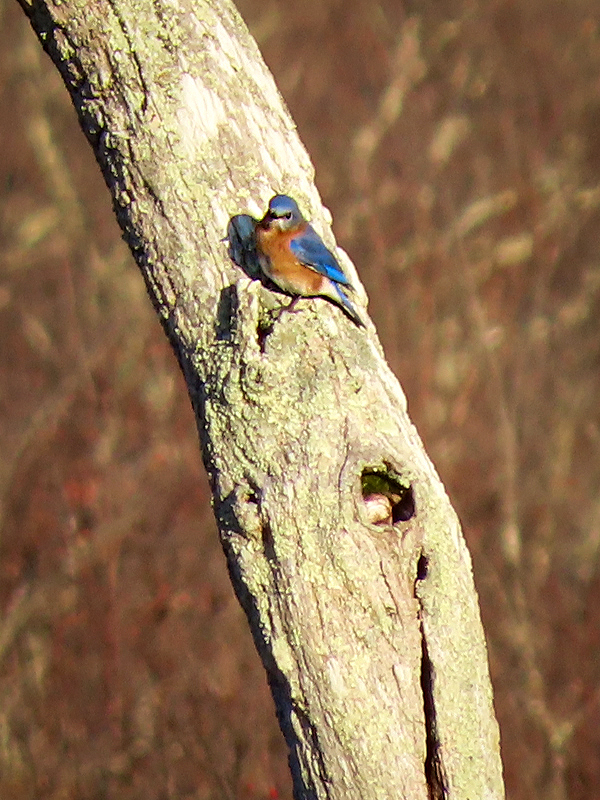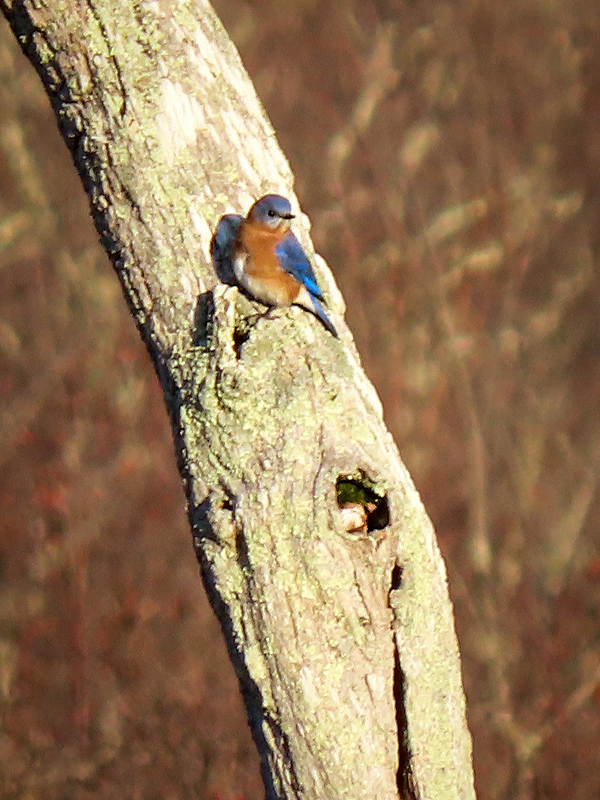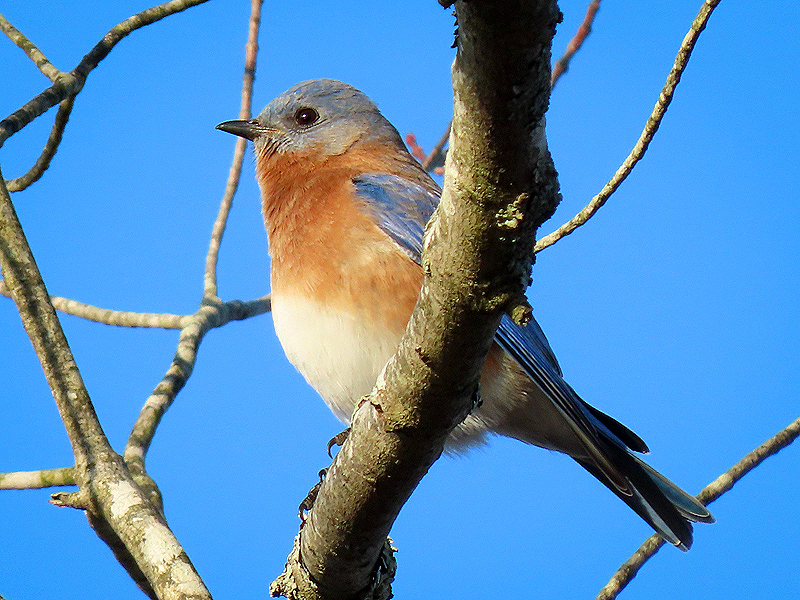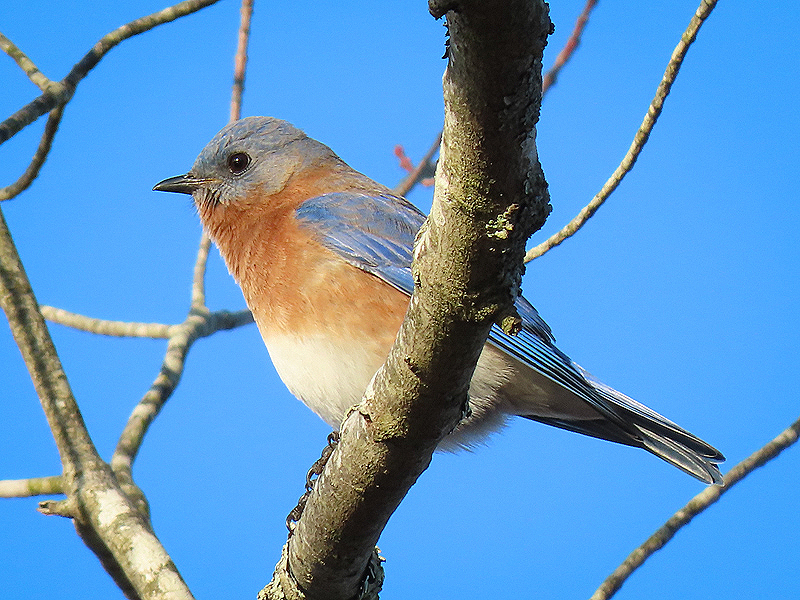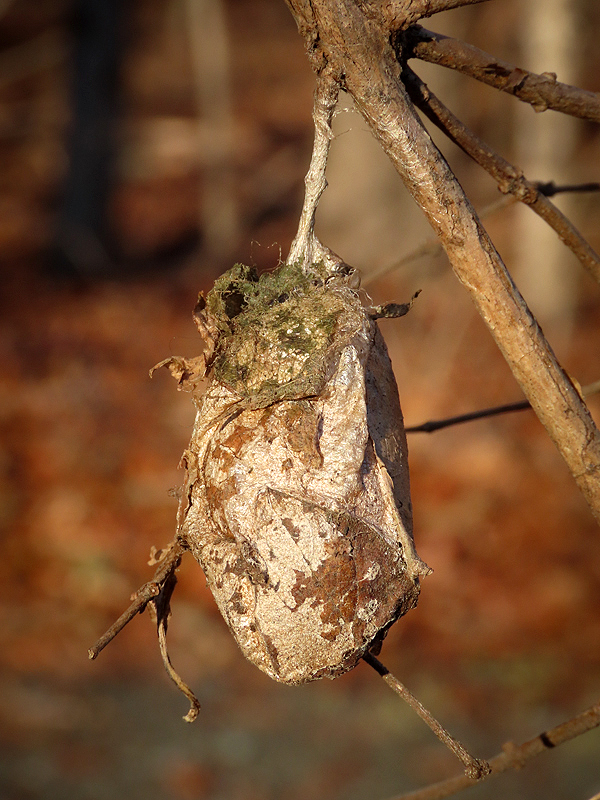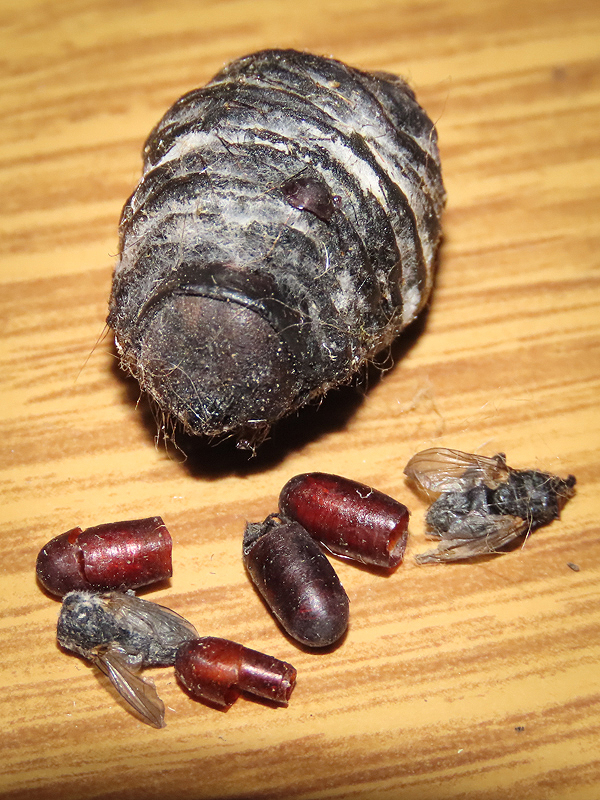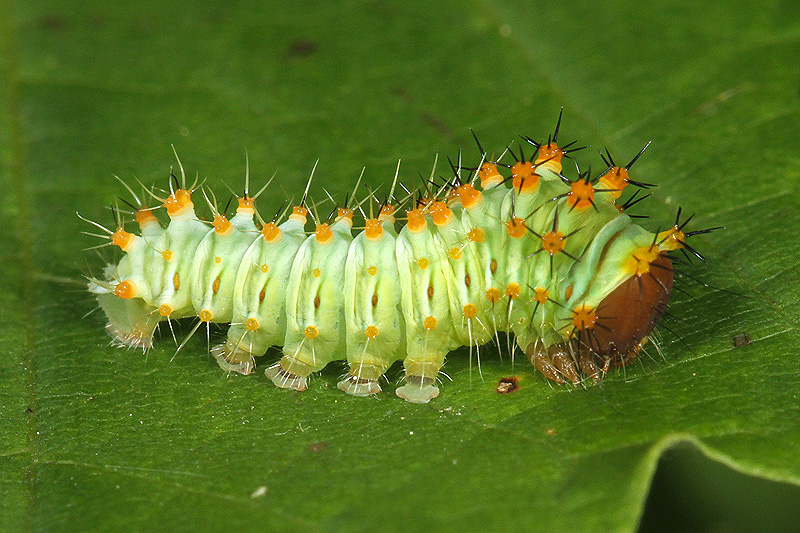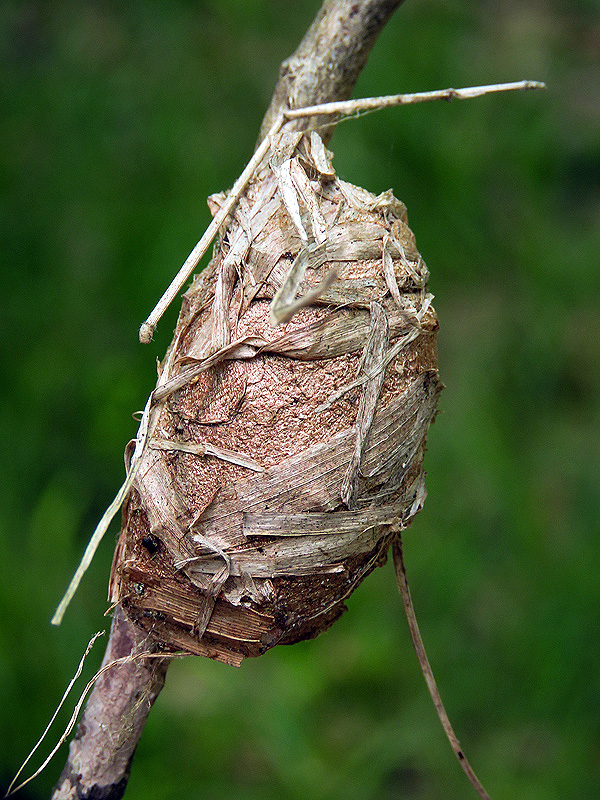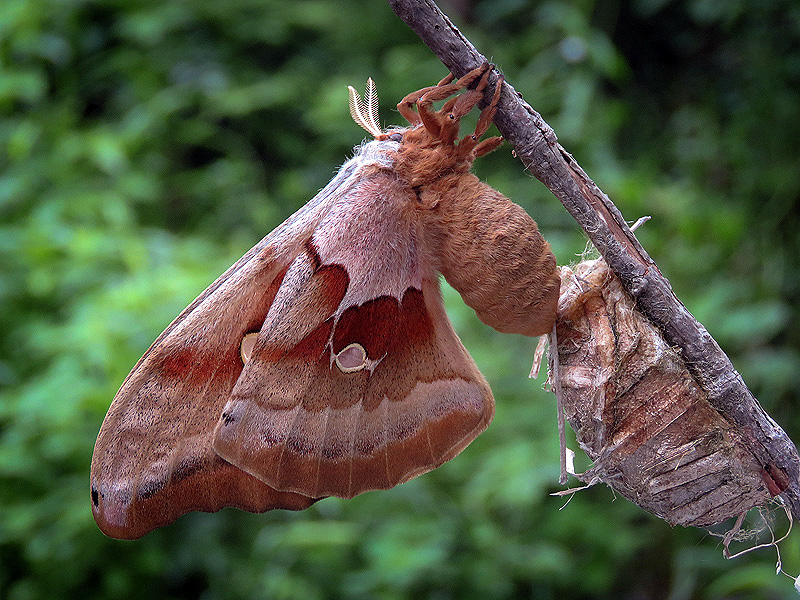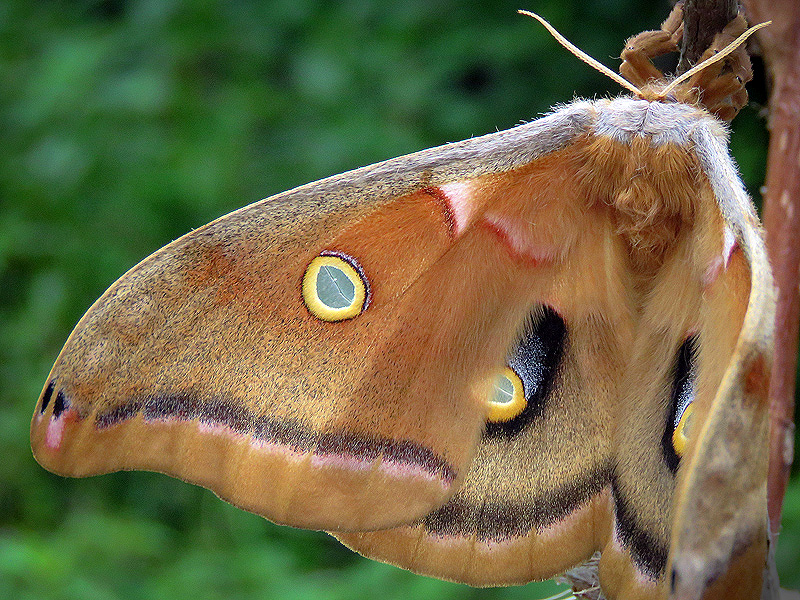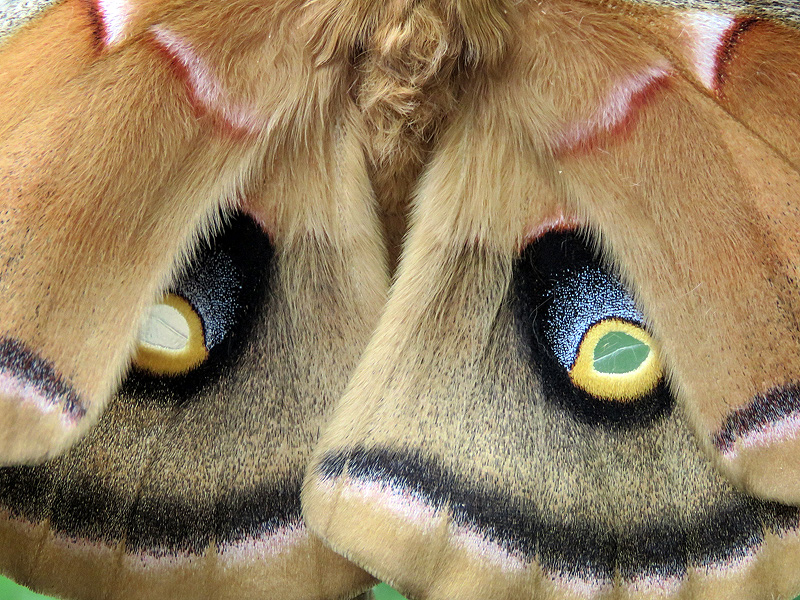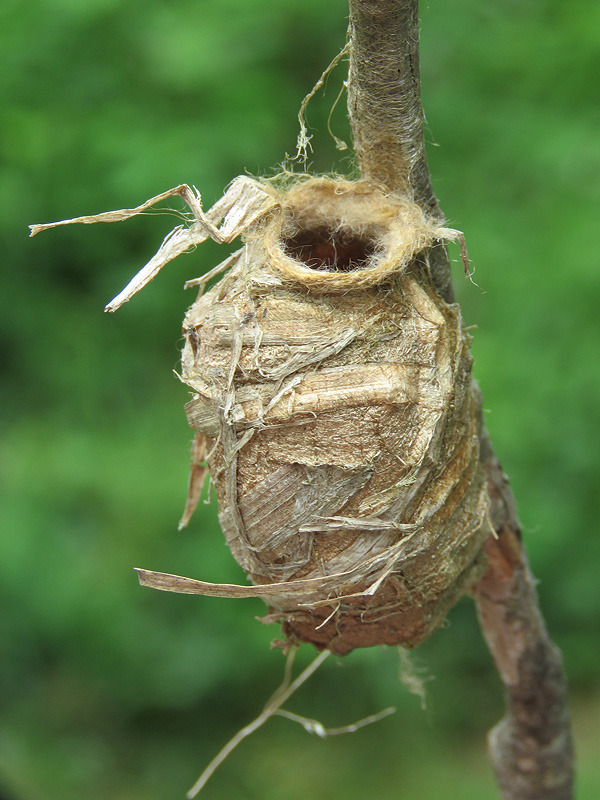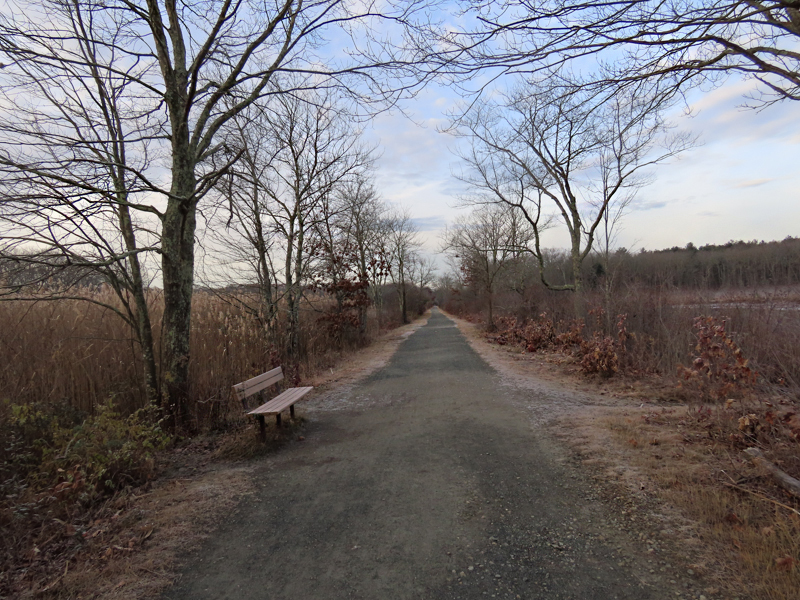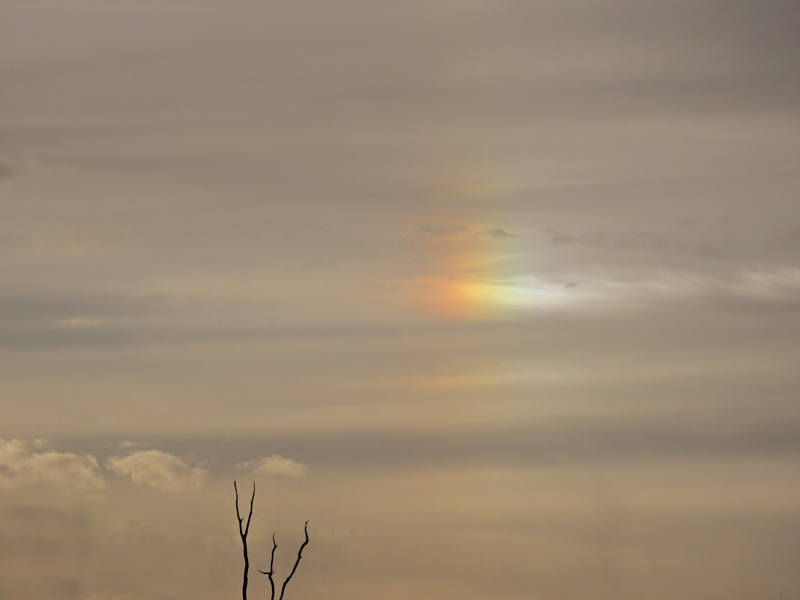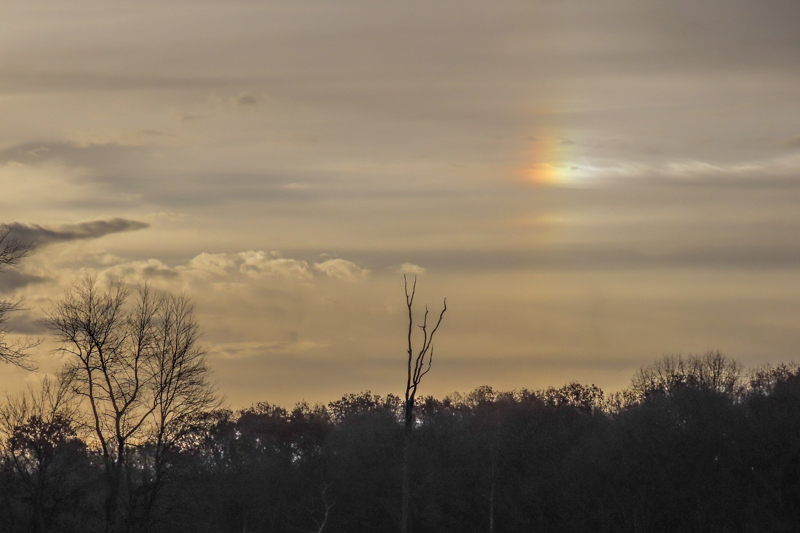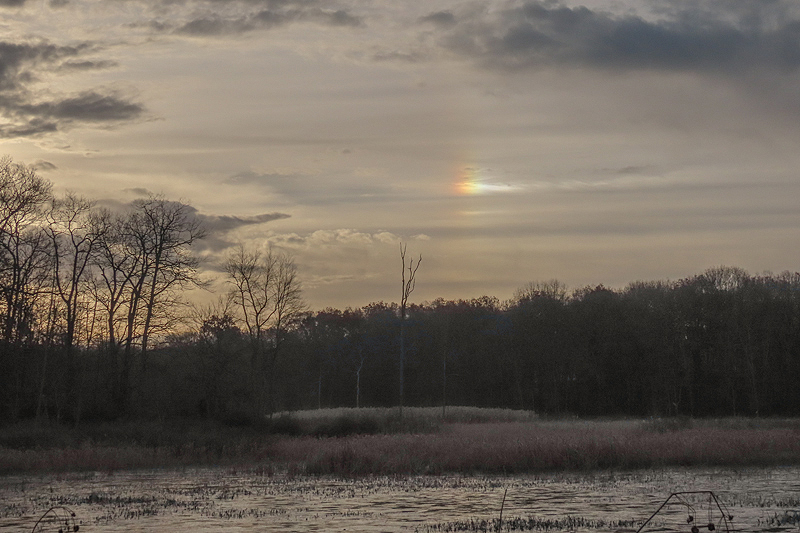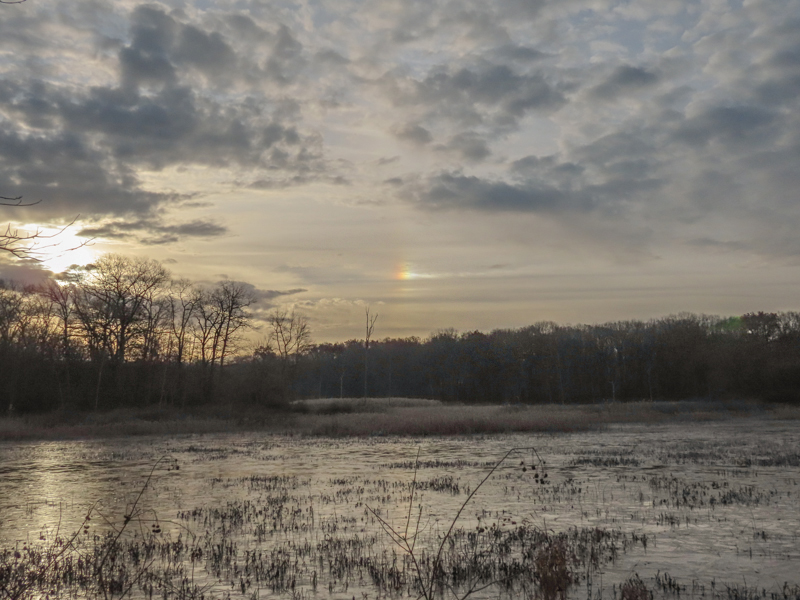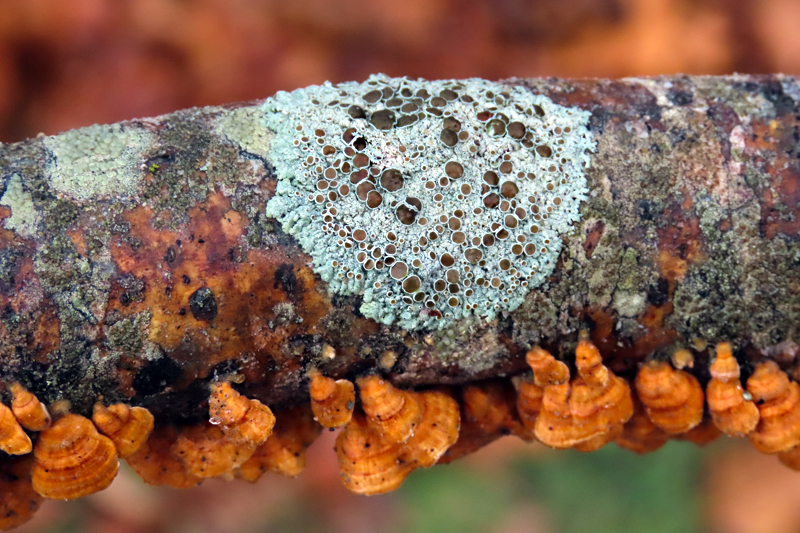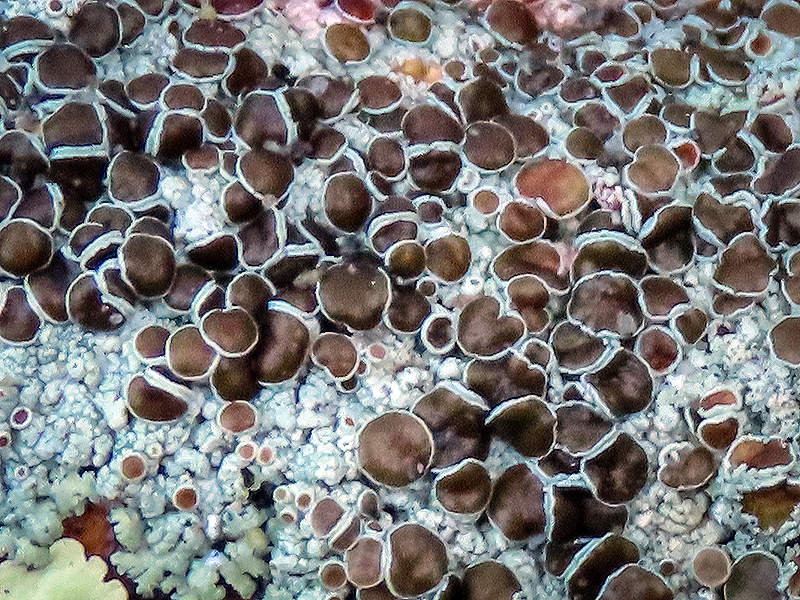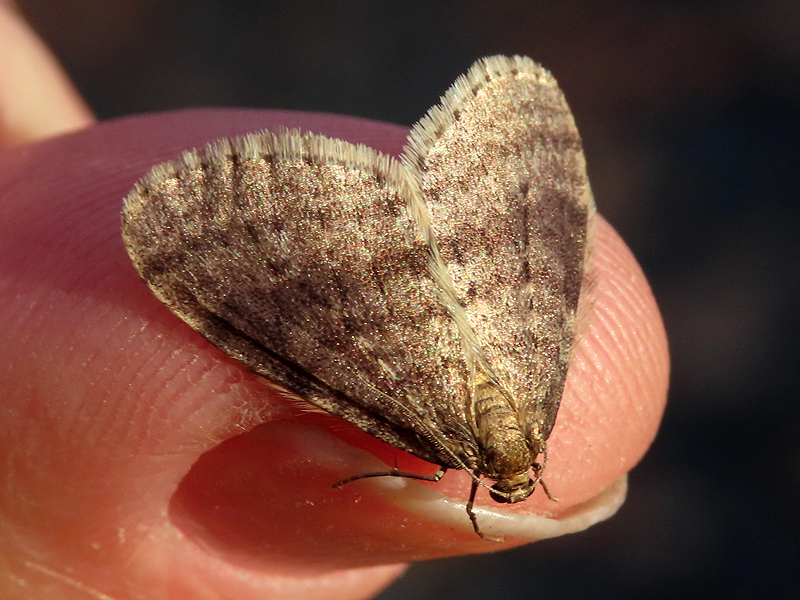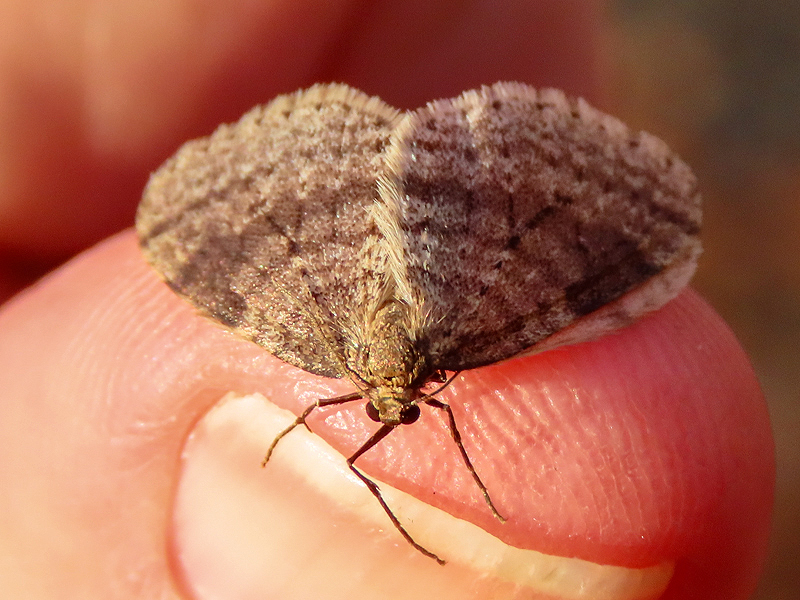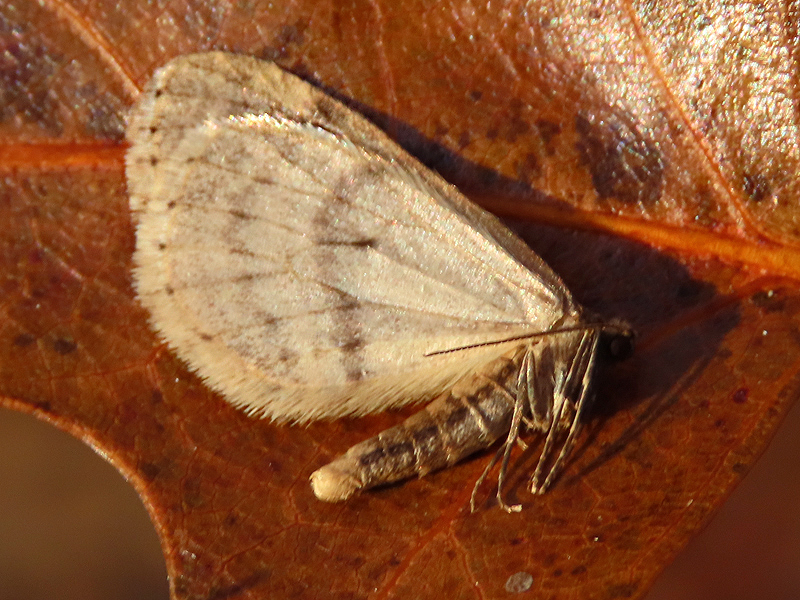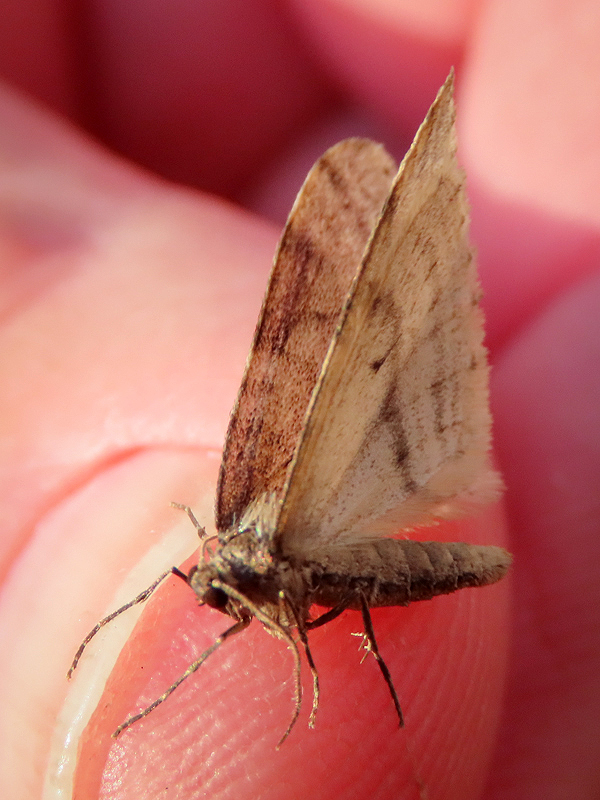Along the Air Line... 2023 - Fall, Part 12 The Air Line Trail in Eastern Connecticut - Stan Malcolm Photos |
HOME: Air Line... 2023 Pages Menu Stan's FlickR Albums |
November 22nd. Midday. Cloudy after heavy rain overnight. |
Mallards (Anas platyrhynchos) nearly the only birds seen. |
|
Not the usual view. |
|
|
|
|
|
|
|
The American Robins (Turdus migratorius) were still around but more dispersed. |
November 23rd. Thanksgiving. A male Bruce Spanworm (Operophtera bruceata). Family Geometridae. |
I was too slow to get a picture when its wings were held open... but scroll way down for ID and pictures of another one. |
|
|
November 24th. Still some male Red-winged Blackbirds (Agelaius phoeniceus) calling. |
Some Canada Geese (Branta canadensis) around. |
|
Shakin' |
|
A few minutes later they were on their way. |
|
|
I really like this simple picture. |
Lots of Eastern Bluebirds (Sialia sialis) around. |
Winterberry (Ilex verticillata) berries are in high demand. |
|
|
|
|
A Polyphemus Moth (Antheraea polyphemus) cocoon. With no exit tunnel, I knew it was this years generation so I brought it home. It rattled when I shook it, but a dry light rattle. Not a good sign. |
Carefully slitting the cocoon open, I found the dry shriveled caterpillar inside, not the pupa I'd hoped for. Also inside were these adult flies and their empty puparia. The caterpillar had been parasitized by Comsilura concinnata, a fly intoduced long ago in an attempt to control Gypsy Moth caterpillars. A case of overzealous pursuit of a biological control: The fly is a generalist. It parasitizes hundreds of insect species. Gypsy Moth caterpillars are around in the spring when Compsilura attacks them. Unfortunately Compsilura has time for three more generations through the summer which it spends parasitizing other species including our large native silk moths like Polyphemus which have come close to local extinction, called "extirpation". |
Following are some Polyphemus pictures taken in 2019, starting with this caterpillar. |
It made this cocoon. |
A female emerged from that cocoon. Resting with wings folded, it looked a lot like a dead leaf. |
The upper side has large eye spots in the hind wings. When a moth is threatened, it reveals the spots, eliciting a startle response in an attacking bird. |
Yeah, I can imagine being startled by that close up. |
The empty cocoon shows the exit point of the moth. |
November 26th. Seventeen degrees but still at least. Not much green to be seen. |
A touch of rainbow. |
|
|
|
November 27th. Granular Rosette Lichen (Physcia millegrana) and what I presume is a Parchment Fungus (Stereum sp.). |
The lichen's fruiting bodies. More about the lichen here: https://www.jungledragon.com/specie/19221/granular_rosette_lichen.html |
November 28th. The same moth species I saw on November 23rd. Another male Bruce Spanworm (Operophtera bruceata). |
I put up an ID Request at bugguide.com and Bob Biagi (https://bugguide.net/user/view/104548) responded within 24 hours. |
By the way, it's easy to tell it's a male because females of this species are flightless. |
|
